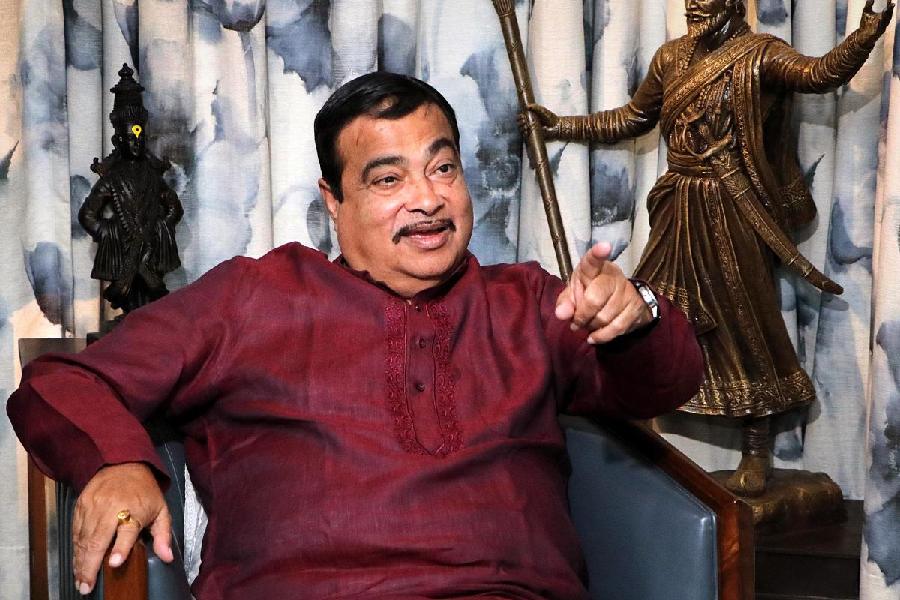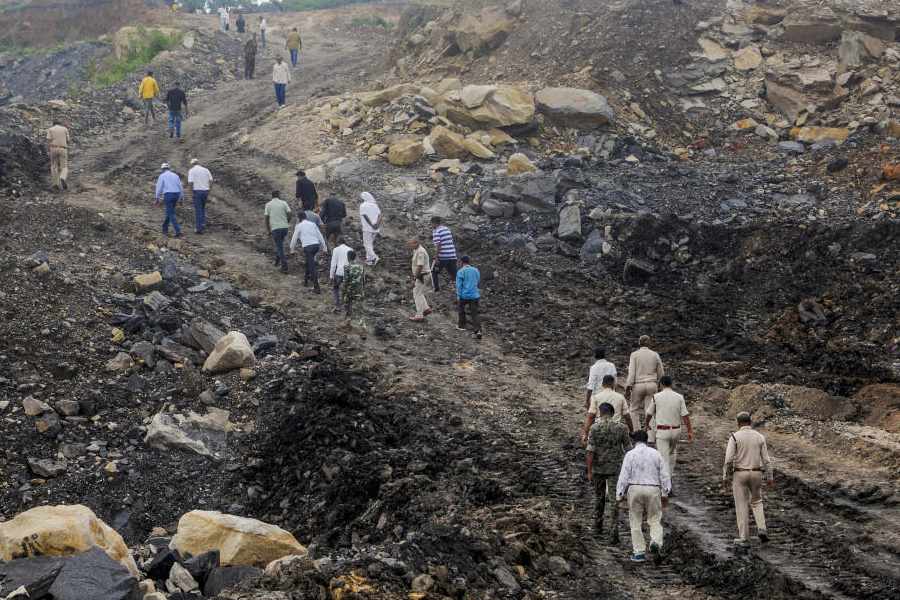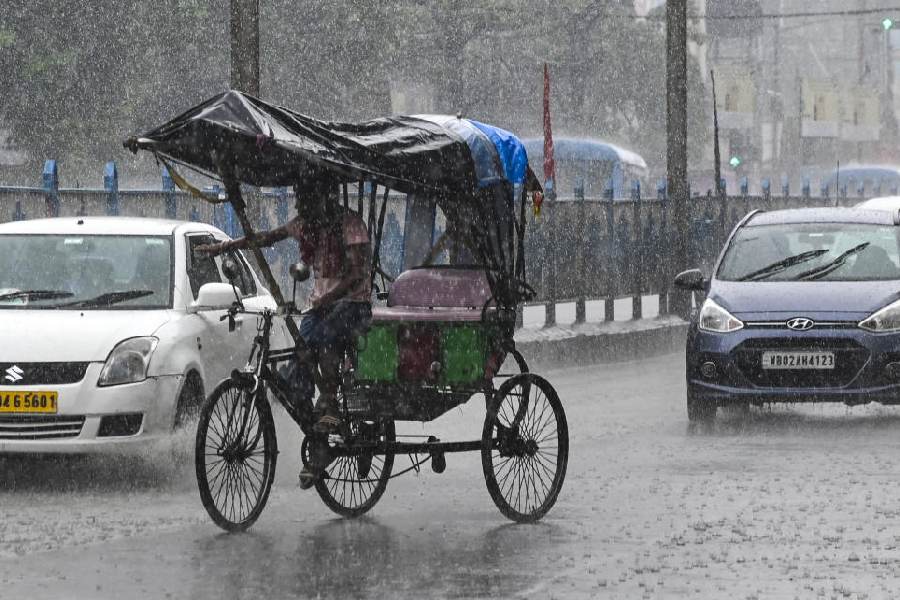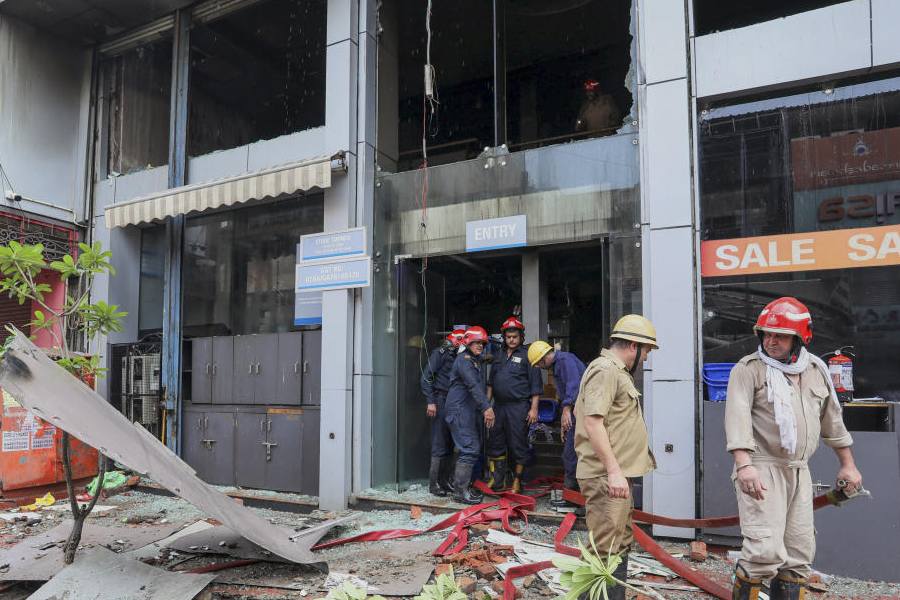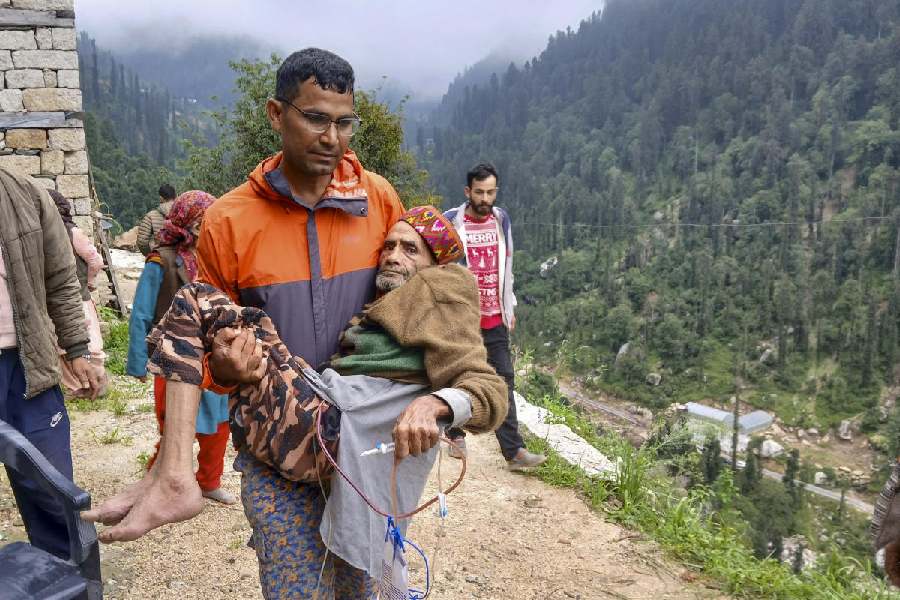Chhanda Bharati’s Avijan, a programme of music and dance sta-ged at Kala Mandir on January 5, was an entertainer, with strong visual appeal and excellent orchestral support. Music composer Chandan Roy Choudhury’s script and the choral singing were reminiscent of the culture traits of rural Bengal. A variety of rhythms and tonal variations were woven into a single piece, dwelling on the transitive stages in human life — the urge to move on and explore, the trauma of an unsettled mind and the distractions finally leading on to achieving peace and tranquillity within. Both music and dance merged eastern traits with western, but the stage should have been clear of the continuous movement of musicians forming a distractive backdrop to it all. Pandit Manilal Nag was felicitated at the start of the programme.
Mohua Mitra
The recently concluded All India Photographic Exhibition at Asutosh Memorial Hall had a fair share of monochromes and colour entries coming from all across the country. Although the 82-image-show failed to break any new ground, it did capture some of the epiphanic moments that would make any practitioner of the art proud. Mumbaikar Shirish S. Jhaveri’s Sunset at Khuri and Anil Bhartiya’s Fantasy Land were two such images. L.S. Tak’s Early Morning was straight out of a Nandalal Bose linocut in terms of visualisation of agrarian life. Portraits echoed the classic chiaroscuro effect, a la Rembrandt as the still life studies paid tribute to Paul Cezanne’s post-impressionist masterpieces. Amitabha Ghosh’s Life and Death was a surreal fantasy played out on sand. Help Me was another stunner from Santosh Kumar Jana.
Anshuman Bhowmick
Samskritiki Shreyaskar presented Khoi Nadi (inspired by Tin bhai boner nadi of Jaya Mitra) and Kathak Anek rang in collaboration with Bharatiya Vidya Bhavan at Kalamandir on December 30. The later was a series of compositions based on various facets of classical Kathak visited afresh. Traditional aspects of ginti, padhant gained new dimensions exploring silence and sound in pieces like Shumaar and Ninaad. Aakansha made interesting use of stage to supplement and at times substitute dance movement. The story, tracing a little girl’s search for a lost river that once flowed through their village, was choreographed by Rani Karnaa. The decent of the river from high lands to the village was visually very rich.
Vandana Alase Hazra


